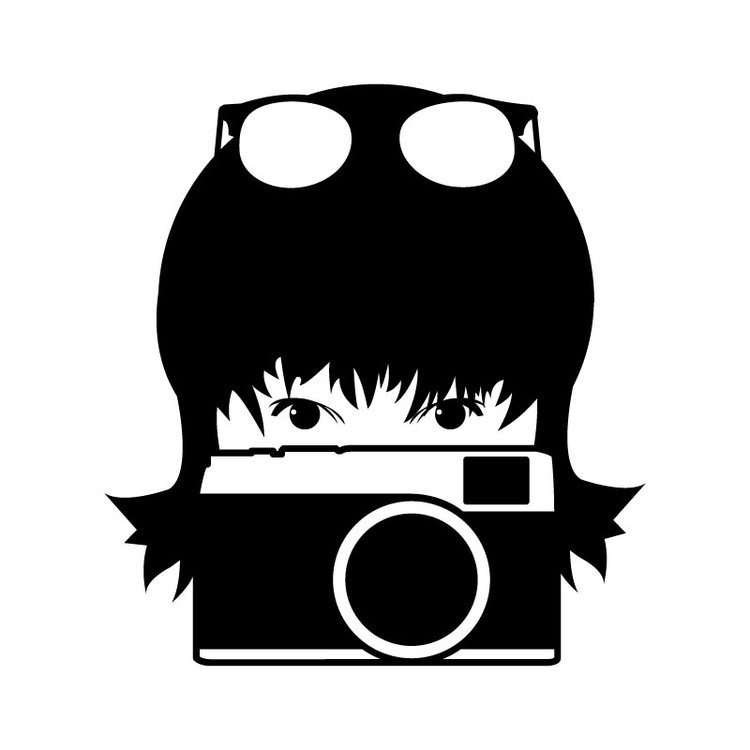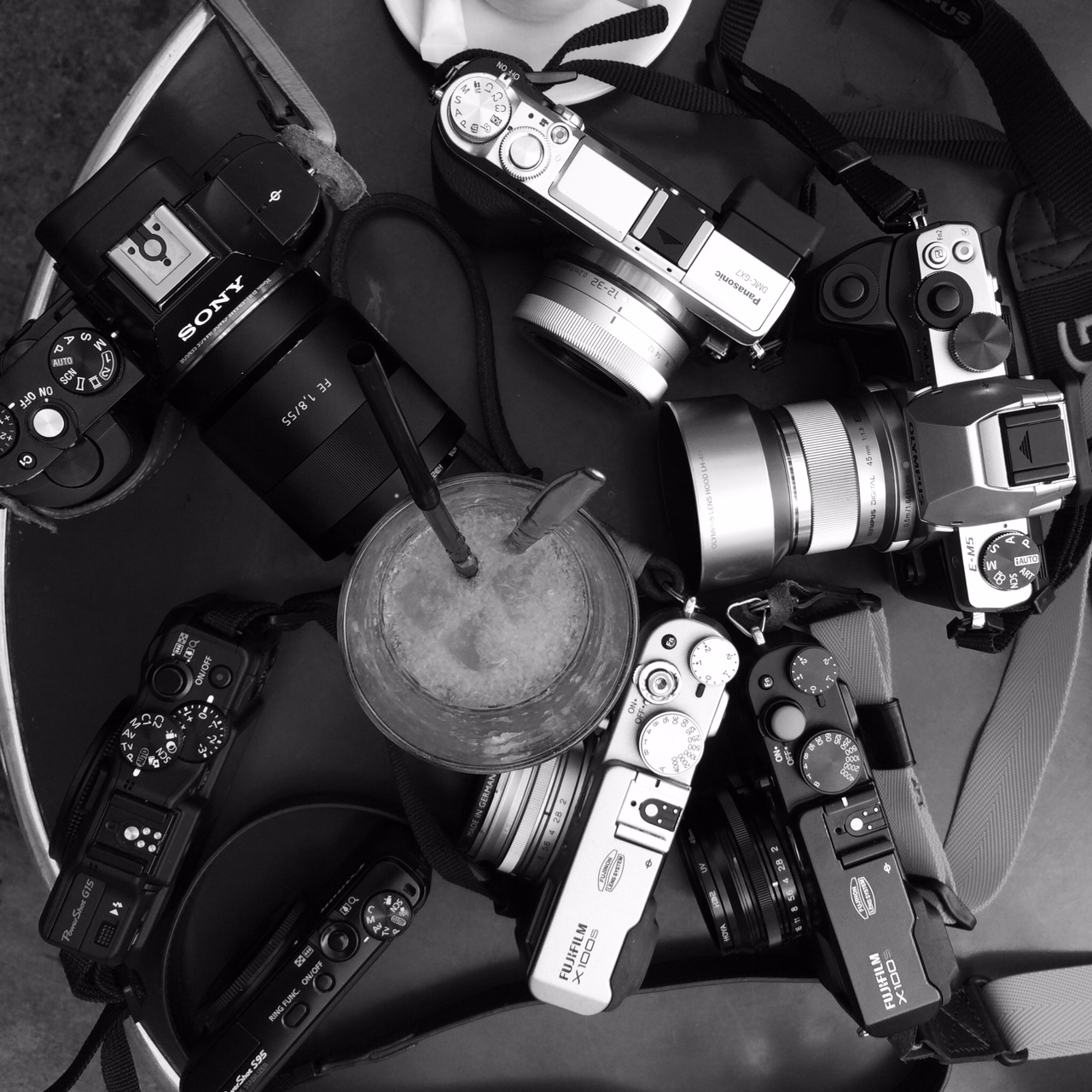I love what I do and I'm very happy when I'm working, I never really crave time off. My idea of a vacation is probably very different from most people. Many want to chill, get extra sleep and slow down. For me, just the thought of inactivity is enough to give me anxiety. When my family decided on a 'beach vacation' in Mexico for our spring break this year, I was very reluctant. I said that I would go but on one condition: That we stay away from the 'spring break crowd' as much as possible.
This was an easy sell because, wherever we travel as a family, we always want to live like locals. We always rent apartments or houses via AirBnB or similar services. We love getting to know the locals and shop at the neighborhood markets. The human interaction with local people is always the highlight of our trips, whether we're in Iceland, Mexico, Belgium or any of the dozen countries my kids have visited over the years.
I'm a city girl, and much happier on the gritty streets of a large city that on the white sand of a tropical beach. So for me, going to Mexico would ideally mean experiencing Mexico City. Since I get to experience large cities for work the rest of the year, the least I can do while on vacation is to please the rest of the family and also give my camera a little break. Lucky for me, my family is very understanding of my passion and support it 100%. They also love active vacations. You would never see any of us lying on the beach for more than 10 minutes. There are too many things to explore and people to meet to stay idle too long!
We flew into Cancun and rented a car at the airport. We drove at night until we reached the less travelled town of Tulum. Along the way, we saw grand entrances to gigantic resorts which were more reminiscent of Las Vegas than anything else. I was a bit nervous... It was going to be a long week among thousands of other tourists... Finally the bright lights subsided and we arrived in Tulum. Our condo was on the edge of town, very comfortable (definitely not the way locals live...) but at least we were independent and away from the much dreaded resorts.
The next morning we decided to explore the town and go to the local grocery store. It was quite an experience and my Spanish is a bit rusty but it already felt like a real adventure. The people of Tulum are very poor in stark contrast with all the fancy resorts we had passed on the road the night before. While some of the houses are well maintained, many are in complete shambles. several people sharing one room. Some families even live under tarps next to a landfill. There are dozens of dogs on the streets, all are very thin, many are sick. This is the Mexico most tourists are never exposed to, and it is the Mexico I wanted to see and share with my boys. Truth is, this is not even the poor part of the country.
We have so much, and are never satisfied. They have nothing and yet they have the biggest smiles and hearts!
Of course we also enjoyed the beautiful tropical beaches, the Cenotes, the Mayan sites, and the local food and drinks. But we all came back a little humbler and wiser from this vacation after meeting the kind and generous people of Tulum, Mexico.
I will go again. Next time I wish to explore Mexico City with my camera.
This was one of my favorite spring break vacations ever. My family finally experienced a tropical beach vacation and it opened our eyes and heart a little bit bigger too.
What is your favorite Mexican destination?


















